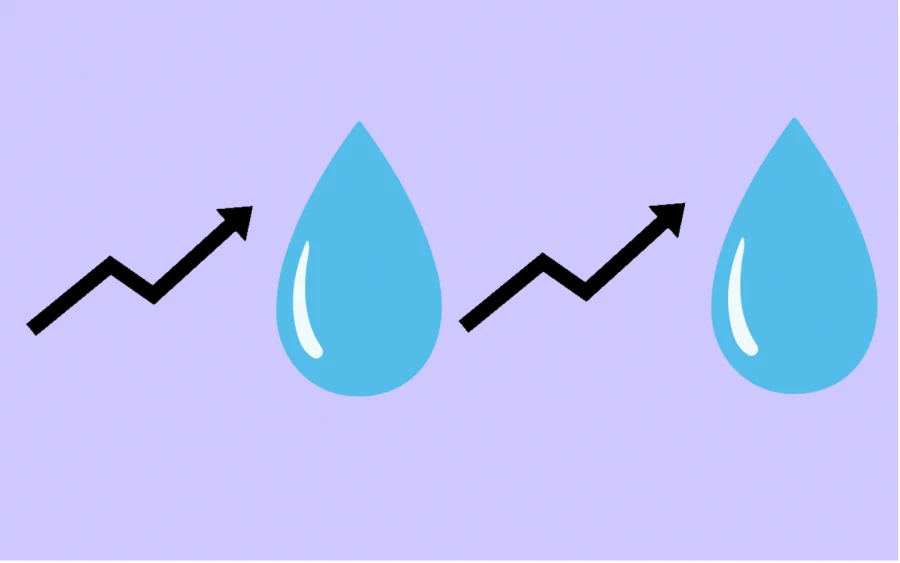Sexual dysfunctions: sexual arousal disorders
Besides the sexual desire disorder, which is rarely visible to the eyes in its entirety, another disorder is the one that decides the course of sexual intercourse. If it is interrupted and causes drama several times in a row, we are talking about a sexual arousal disorder.
Although it is present in both genders, it is usually men who visit their doctor and complain that everything on the lower floor is not as hard as it should be or as it used to be. So, the most recognizable feature of the arousal disorder is the absence of erection in a man.
The dynamics of the sexual stimulus receptor characterize the arousal phase. When we are sexually aroused, the arteries expand, allowing faster blood flow to the pelvic and genital muscles. At the same time, the veins narrow, which prevents the amount of blood circulation in our body. Until 1992, scientists focused on blood flow as the leading cause of erectile dysfunction in men. That year, however, the journal Science chose nitrogen monoxide as the molecule of the year. Until then, it was known as a gas with a negative connotation, one that pollutes the environment, and was also used in World War II. But nitric monoxide in our body performs the function of a neurotransmitter.
The body produces it when we lack it. Today, it is known for helping with learning and memory, but its most important role is a role in erection. It is secreted by the nerves of the pelvic muscles and other genitals during sexual arousal. Nitric monoxide expands the follicles of the corpus spongiosum and corpus cavernosum, causing a vacuum effect that sucks blood out of the arteries. At the same time, the capillaries press against the muscle, which surrounds the tissues, thus creating a barrier effect and causing an erection. Viagra releases nitric monoxide and facilitates erection in men.
When we talk about arousal in a man, this is the phase in which an erection appears, the nipples and scrotum tumescent, the skin reddens, and the urethra gets lubricated. In women, in addition to tumescent nipples, flushed skin, and a lubricated vagina, tumescence of labia majora and labia minora and a tingling sensation can also be observed. At this stage, we can experience relaxation, calmness, the absence of feelings, and the presence of fantasies.
Sexual arousal disorders are defined as partial or complete loss of erection in a man and as lack of vaginal lubrification and partial or total loss of organ tumescence in women. People who suffer from this disorder are characterized by extremely high sexual desire, and anxiety occurs when they cannot express it in a sexual act. Desire is usually compromised when we talk about chronic arousal disorder. Interestingly, the orgasm phase is never disturbed. Indeed, most men do not reach orgasm at all due to frustration with erectile dysfunction.
Like sexual desire disorders, disorders in the arousal phase are divided into primary (physical cause) and secondary, which occur at a certain point in life. In contrast, previously, these problems did not happen. We divide secondary disorders into occasional and permanent or chronic. In addition, dysfunction can be global or selective, depending on technique, object, or circumstance.
In most cases, this dysfunction also happens in our head; rarely, the cause is physiological. The most common cause, if the examinations cannot identify another, is the impact of fear, shame, and guilt, but they are not the only ones. Suppressed aggression towards a partner, unlived sexual fantasies, hypochondria, repressed homosexuality, poor relationships, childhood trauma, depression, phobias, and psychoses can also cause sexual arousal disorder. Among other things, the cause of the occurrence of the condition can also lie in society: puritanical education, rare communication, the role of the observer, lack of imagination and fantasies, poor first experiences, and unsatisfactory sexual relations.
To cure the disorder, it is necessary to eliminate organic or biological reasons and determine the type of dysfunction. Suppose the reasons for it are social or psychological - in that case, a visit to a psychologist and sex therapist will most likely be necessary, who, as with sexual desire disorders, will try to find out the real reason and eventually eliminate it.
















-0 comments-